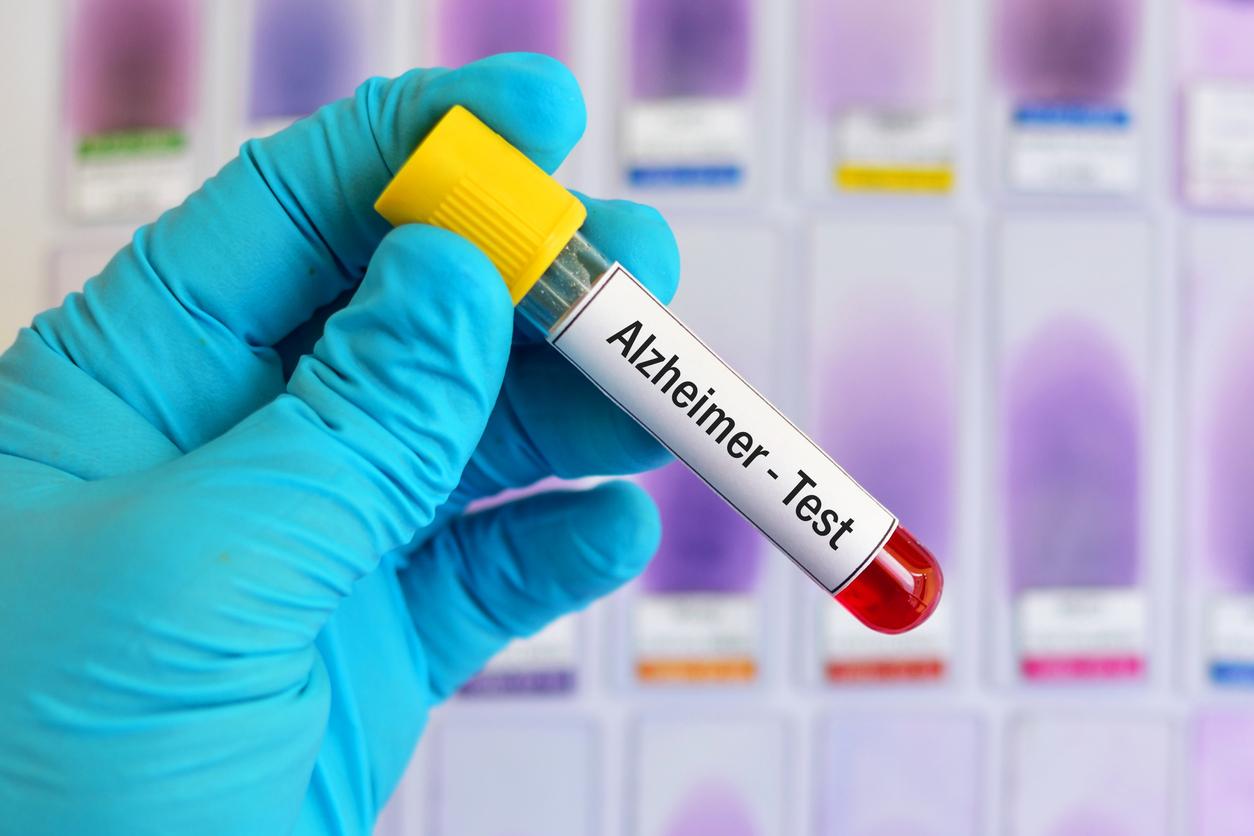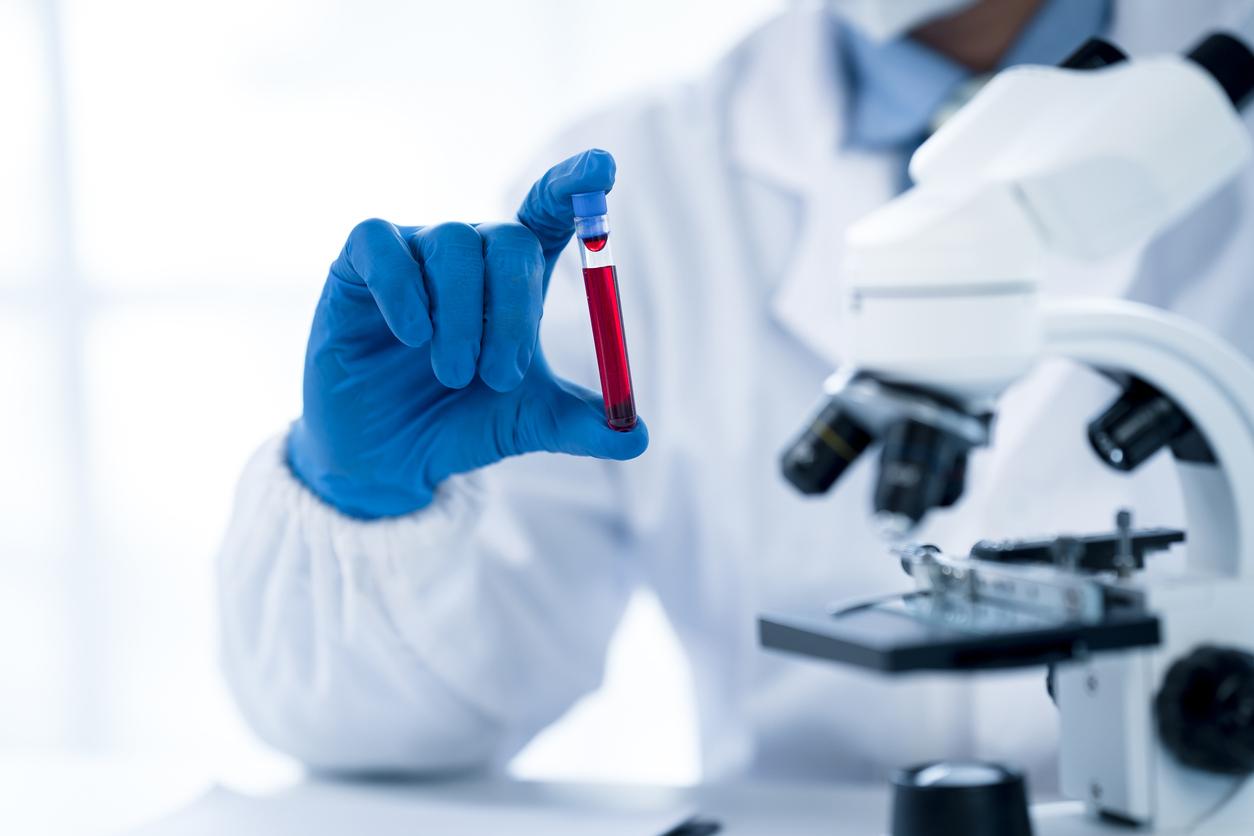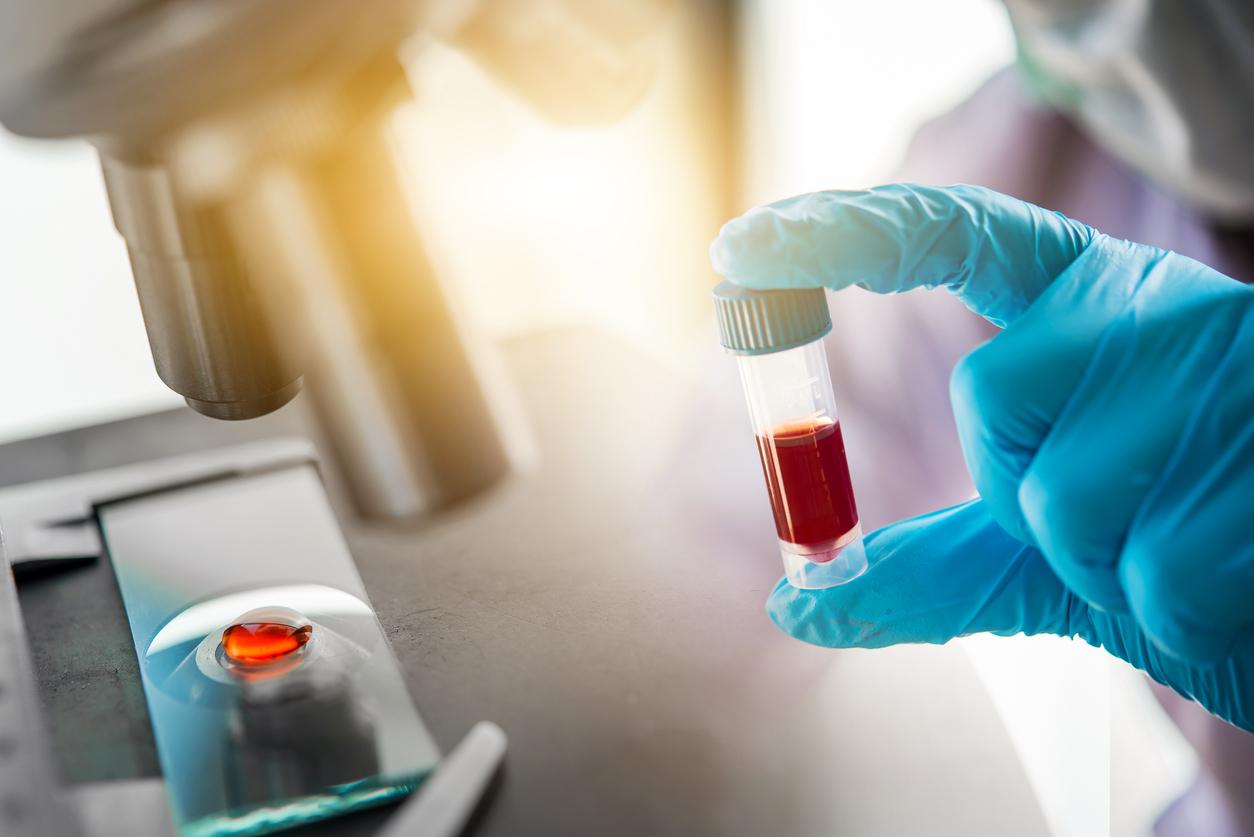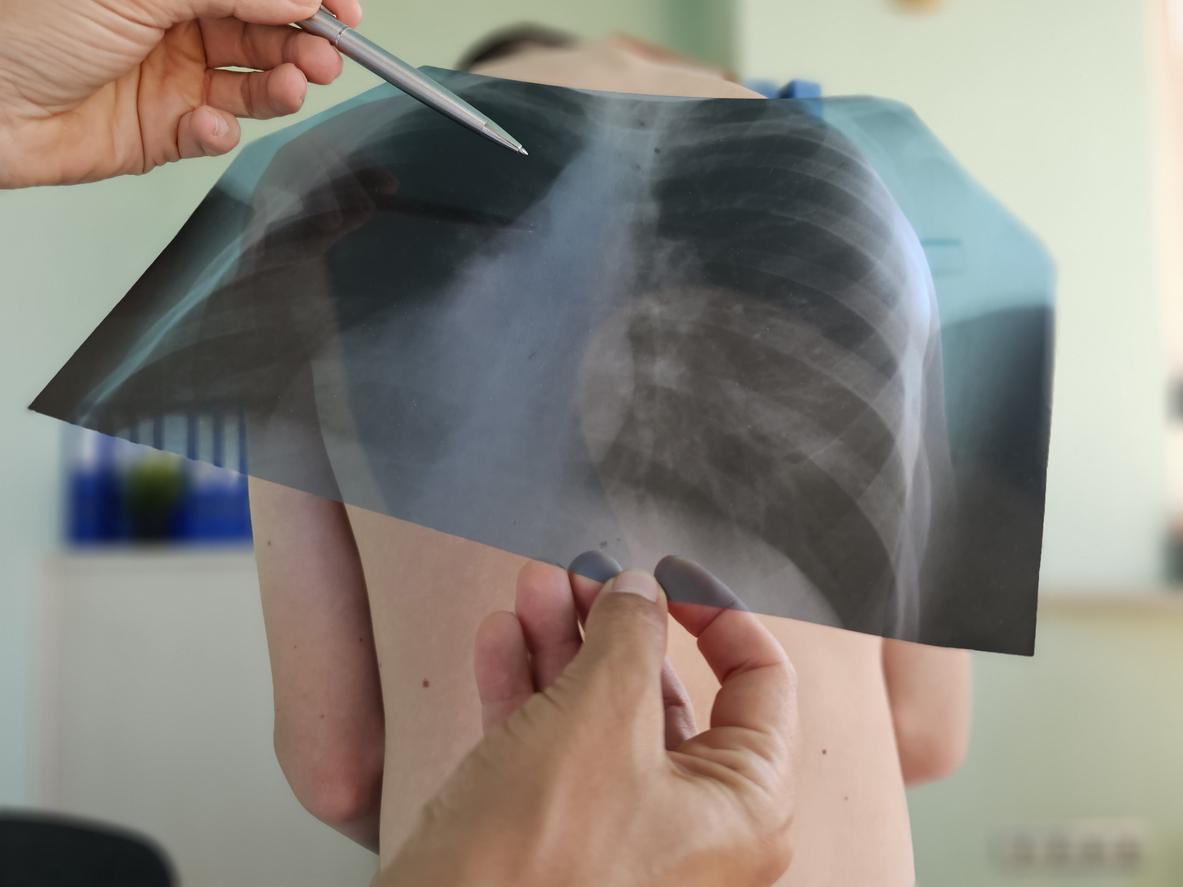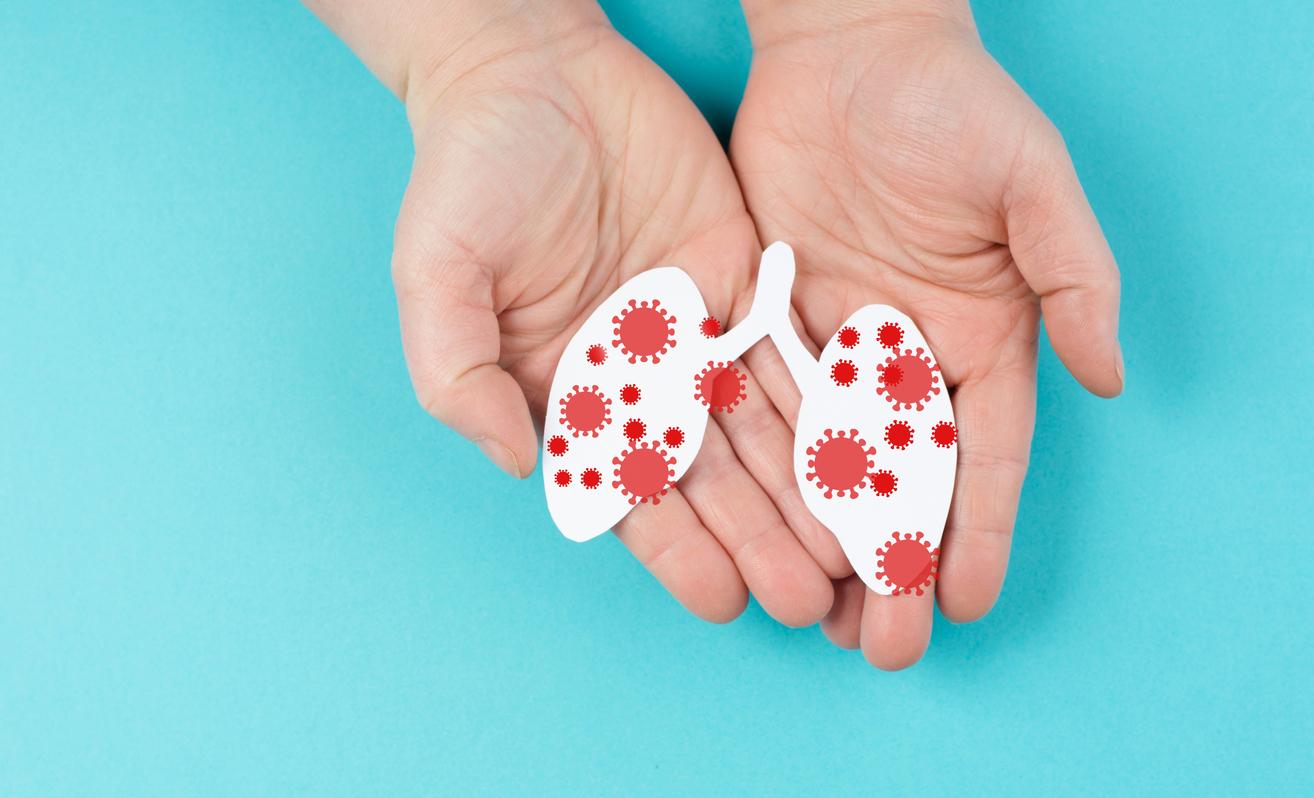Researchers have discovered the existence of a biomarker that would make it possible to estimate the duration of treatment against tuberculosis and thus reduce the risk of relapse.

- The researchers identified 22 genes whose RNA production makes it possible to know the evolution of tuberculosis and thus to estimate the duration of treatment.
- This discovery paves the way for an individualized approach to the treatment of tuberculosis, which could reduce the risk of relapse, which currently occurs in nearly one in ten cases.
Although there has been a vaccine against tuberculosis for almost a century, this infectious disease, caused by a very resistant bacterium, Mycobacterium tuberculosis or Koch’s bacillus, continues to be one of the top ten causes of death in the world today. According to the World Health Organization (WHO), 10 million people contracted tuberculosis worldwide in 2019, and 1.4 million died from it.
In approximately 8 to 10% of cases, a tuberculosis relapse occurs, when the disease was thought to be “cured” or when the standard treatment, lasting six months, had been completed. For very resistant cases, a treatment duration of more than 18 months is currently recommended.
But how to know in advance the duration of treatment for each patient and thus adopt an individualized approach? Researchers from the German Center for Infection Research (DZIF) in cooperation with the German Center for Lung Research (DZL) have found the answer. In a study published in the European Respiratory Journalthey explain that they have discovered a biomarker that makes it possible to set up an individualized treatment duration for each patient with tuberculosis.
22 genes involved in healing
For this, they developed an end-of-therapy model based on the determination of RNA in the blood based on five different patient cohorts. All participants in the cohorts had acquired tuberculosis, partly from non-resistant forms, partly from resistant forms
Among several thousand genes studied, 22 have been identified as being correlated with the evolution of the disease. “The RNA production of these 22 genes in human blood can tell us if the patient is cured”says Dr. Jan Heyckendorf, co-lead author of the research. “This is an RNA signature of 22 genes identified on two cohorts and validated on three other cohorts”adds the scientist.
Individualize treatments to better cure tuberculosis
According to the researchers, “the individualization of the duration of treatment is an important milestone on the way to precision medicine for tuberculosis”. The next step in their work: to determine if their approach is the right one by first offering patients in one group treatment for as long as the biomarker suggests, while patients in another group receive treatment for a duration recommended by the national tuberculosis control programme. Scientists want to see if the biomarker allows a shorter treatment time. “We hope that it will then be possible for patients with multidrug-resistant tuberculosis to save around a third of the treatment on average.”

.







